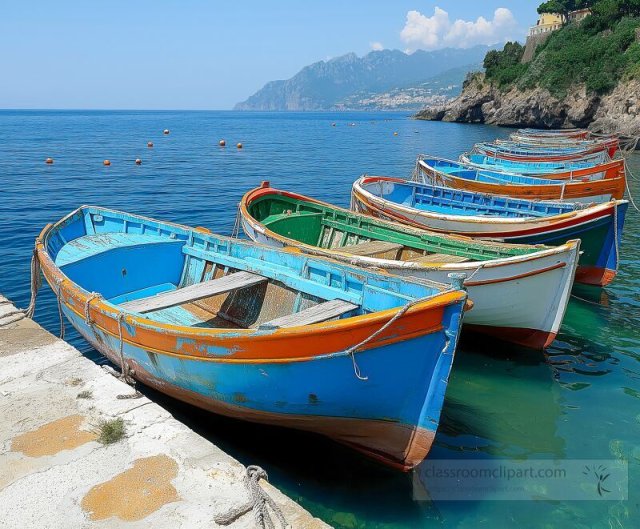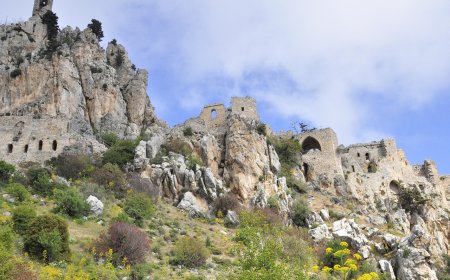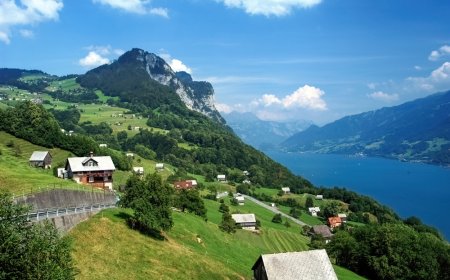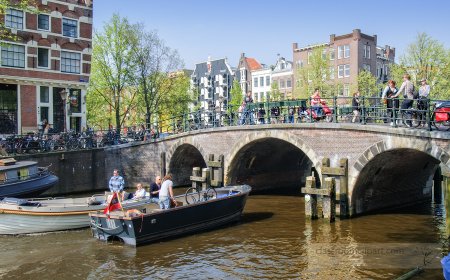Italy: Geography, History, and Culture for Students
Explore Italy’s geography, landmarks, traditions, and history in this educational article for students. Learn about Rome, Italian food, and more.

🇮🇹 Italy: A Country of Ancient Wonders and Modern Life
🗺 Introduction
Italy is a country filled with history, beauty, and creativity. Located in Southern Europe, Italy has shaped the world in many ways—through the ancient Roman Empire, the art of the Renaissance, delicious cuisine, and modern fashion and design. It is a place where the past and present live side by side, from crumbling ruins and old cathedrals to buzzing cities and seaside resorts.
In this article, you’ll learn about Italy’s geography, people, cities, culture, and major historical events. Whether you’re interested in volcanoes, pasta, or famous artists like Leonardo da Vinci, Italy is a country worth exploring.
🌍 Geography and Location
Italy is a long, boot-shaped country that stretches into the Mediterranean Sea. It borders France, Switzerland, Austria, and Slovenia to the north, and it is surrounded by water on almost every other side. Italy includes two large islands: Sicily to the south and Sardinia to the west.
The country is known for its dramatic natural features. The Alps in the north form a snowy wall along the border, while the Apennine Mountains run down the center of the country like a spine. Italy has many lakes and rivers, including Lake Garda and the Tiber River, which flows through Rome. Several volcanoes are located here as well, including Mount Vesuvius, near Naples, and Mount Etna, in Sicily—both of which are still active.
Italy’s coastline is long and full of beaches, cliffs, and fishing villages. This variety in landscape gives Italy a mild climate in most places and supports farming, tourism, and outdoor life.
🏙 Cities and Regions
The capital of Italy is Rome, a city with more than 2,000 years of history. It was once the center of the powerful Roman Empire and is now full of ancient buildings like the Colosseum, the Pantheon, and the Roman Forum. Rome is also home to Vatican City, a small independent country where the Pope, leader of the Roman Catholic Church, lives.
Other major Italian cities include Milan, a center for fashion and business; Florence, the heart of Renaissance art and architecture; Venice, famous for its canals and gondolas; and Naples, located near the sea and known for being the birthplace of pizza. Each city has its own personality and special traditions.
Italy is divided into 20 regions, each with unique landscapes, dialects, foods, and customs. Traveling from one region to another often feels like visiting a different country.
👨👩👧👦 People, Language, and Culture
Italy is home to about 59 million people, most of whom speak Italian, the country’s official language. In some areas, regional dialects are spoken as well, and minority languages such as German, French, and Slovene are used in border regions. Italy has a rich cultural heritage that emphasizes family, food, beauty, and tradition.
Family life plays a big role in Italian society. Meals are often enjoyed together, and festivals, weddings, and holidays are celebrated with energy and warmth. Italians are also known for expressing themselves through gestures, music, and conversation. Religion, especially Roman Catholicism, continues to influence many holidays and traditions.
Italian culture has made major contributions to the arts. During the Renaissance, Italian cities were home to artists like Michelangelo, Leonardo da Vinci, and Raphael, whose paintings and sculptures continue to be admired around the world. Italy is also known for opera, classical music, film, and fashion. Designers from Milan and Rome are among the most famous in the world.
🍝 Food and Daily Life
Italian food is beloved across the globe, but in Italy, it varies by region. The cuisine is based on simple, fresh ingredients like tomatoes, olive oil, cheese, pasta, and herbs. Meals are often seen as a time to connect with others, and each part of the meal—from appetizer to dessert—is savored.
Famous Italian foods include:
- Pasta, such as spaghetti, lasagna, and penne, often made with tomato sauces or cheese
- Pizza, originally from Naples, with many toppings and styles
- Gelato, a creamy Italian version of ice cream
- Risotto, a creamy rice dish often cooked with cheese or seafood
- Tiramisu, a layered dessert made with coffee, cream, and cocoa
In many towns, open-air markets sell local fruits, vegetables, meats, and breads. Food and community are closely tied together, and traditional recipes are passed down from one generation to the next.
🏛 History of Italy
Italy’s history is long and full of change. In ancient times, it was home to several civilizations, but none as famous as the Roman Empire, which began around 27 BCE. The empire stretched across Europe, Africa, and Asia, spreading Roman laws, roads, and language. Even today, Roman ruins and ideas can be seen in cities across Italy.
After the Roman Empire fell, Italy became a collection of city-states and small kingdoms. During the Middle Ages and Renaissance, Italian cities like Florence and Venice became centers of art, learning, and trade. This period gave rise to some of the most important artists, scientists, and thinkers in world history.
Italy became a united country in 1861 under a king named Victor Emmanuel II. In the 20th century, Italy was ruled by the dictator Benito Mussolini and joined World War II on the side of Germany. After the war, Italy became a republic and began to rebuild as a modern democracy. Today, it is a member of the European Union and plays an important role in international politics and culture.
🌿 Nature and Environment
Italy’s natural beauty is one of its greatest treasures. From the Dolomites in the north to the olive groves in the south, the country is filled with breathtaking scenery. Italy has more UNESCO World Heritage Sites—places of special cultural or natural importance—than any other country in the world.
Italy is home to many national parks and protected areas. Wildlife in Italy includes deer, foxes, mountain goats, wild boars, and even wolves in some areas. Along the coast and in the Mediterranean Sea, dolphins and sea turtles can sometimes be seen.
The Italian people care deeply about protecting their environment. Recycling, clean energy, and efforts to preserve historic towns and natural landscapes are common across the country.
🧠 Why Italy Matters
Italy is one of the world’s most visited countries and continues to be a center of creativity, learning, and connection. Its contributions to architecture, art, food, science, and fashion can be felt around the globe. Italy is a leader in both preserving its past and building toward the future.
Because of its central location, Italy has often acted as a bridge between northern and southern Europe. It plays an active role in the European Union, United Nations, and other international organizations. Whether through literature, music, inventions, or innovation, Italy continues to leave its mark on the world.
📚 Vocabulary List
| Word | Definition |
|---|---|
| Republic | A form of government where people choose their leaders |
| Vatican City | An independent city-state and the center of the Roman Catholic Church |
| Renaissance | A period of rebirth in art and learning that began in Italy in the 1300s |
| Empire | A group of lands ruled by one leader or government |
| Gelato | A creamy Italian dessert similar to ice cream |
| Apennines | A mountain range running through the center of Italy |
| UNESCO | An organization that protects world heritage sites |
| Opera | A dramatic musical performance that combines singing and storytelling |
✨ Fun Facts About Italy
- Italy has more than 50 UNESCO World Heritage Sites, the most of any country.
- The Colosseum in Rome could seat over 50,000 people for ancient sporting events.
- Pizza was invented in Naples over 100 years ago.
- Venice has no roads—only canals and boats.
- Italy has three active volcanoes: Vesuvius, Etna, and Stromboli.
👧🧒 Kid-Friendly Summary
Italy is a beautiful country shaped like a boot and filled with exciting places to explore. People there speak Italian and enjoy amazing food like pasta, pizza, and gelato. In Italy, you can visit ancient Roman ruins, see great art, and ride a boat through the canals of Venice. It’s a place full of life, history, and fun!
1. What is the capital of Italy?
A) Venice
B) Rome
C) Milan
D) Florence
2. What famous volcano destroyed the city of Pompeii?
A) Mount Fuji
B) Mount Etna
C) Mount Vesuvius
D) Mount Olympus
3. What kind of food was first made in Naples, Italy?
A) Spaghetti
B) Gelato
C) Pizza
D) Risotto
4. What was the name of the ancient empire that ruled much of Europe from Italy?
A) Greek Empire
B) Roman Empire
C) French Empire
D) British Empire
5. What city is home to canals instead of roads?
A) Rome
B) Florence
C) Venice
D) Turin




















































